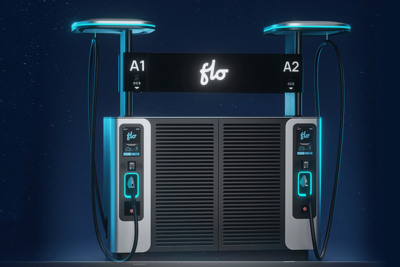China approves new DC charging standard ChaoJi-1
In China, the State Administration for Market Regulation and the National Standardization Administration have approved and published the three key standards for ChaoJi-1, the next-generation conductive DC charging technology based on the GB/T communication protocol. The three documents cover general requirements, the communication protocol and the connections for conductive, i.e. wired, charging.
According to the CHAdeMO Association, ChaoJi-1 supports charging powers of up to 1.2 megawatts and is compatible with the latest CHAdeMO version 3.1. This is hardly surprising: after all, the CHAdeMO 3.0 protocol was already developed and presented together with the China Electricity Council (CEC) in 2020. Even though they were developed jointly, they are different standards, because the ChaoJi-1 works with the GB/T communication protocol. However, the physical charging port itself is compatible, but other systems run in the background.
The 1.2 megawatts mentioned are thus achieved at a voltage of 1,500 volts and a current of 800 amperes. This is intended to make the standard future-proof, because currently no passenger car or commercial vehicle in series production operates at such a voltage level. China’s market leader BYD uses an 800-volt system in its current generation of passenger cars, but with significantly lower amperages and charging capacities.
The documents now published also specify features such as thermal runaway detection and also other systems for detecting “serious faults”. This new DC control circuit is said to provide “a high level of charging safety and reliability”.
Both the CHAdeMO Association and the Chinese also emphasise the compatibility of the new ChaoJi-1 “with all existing DC fast charging standards”. The CHAdeMO Association even sees this as “laying the foundation for the future standardisation of global DC charging technology”.
What global consequences the ChaoJi-1 will have, however, is not yet foreseeable. The older CHAdeMO standard is virtually only still widespread in Japan, and the number of CHAdeMO-compatible vehicles (and consequently the importance of charging stations) has increasingly declined in both Europe and North America. With the GB/T, China has set a national standard, but so far only a few countries have adopted it. In their European expansion, Chinese manufacturers are also relying on CCS. And in North America, Tesla’s NACS charging system is increasingly gaining acceptance as an important component.





1 Comment